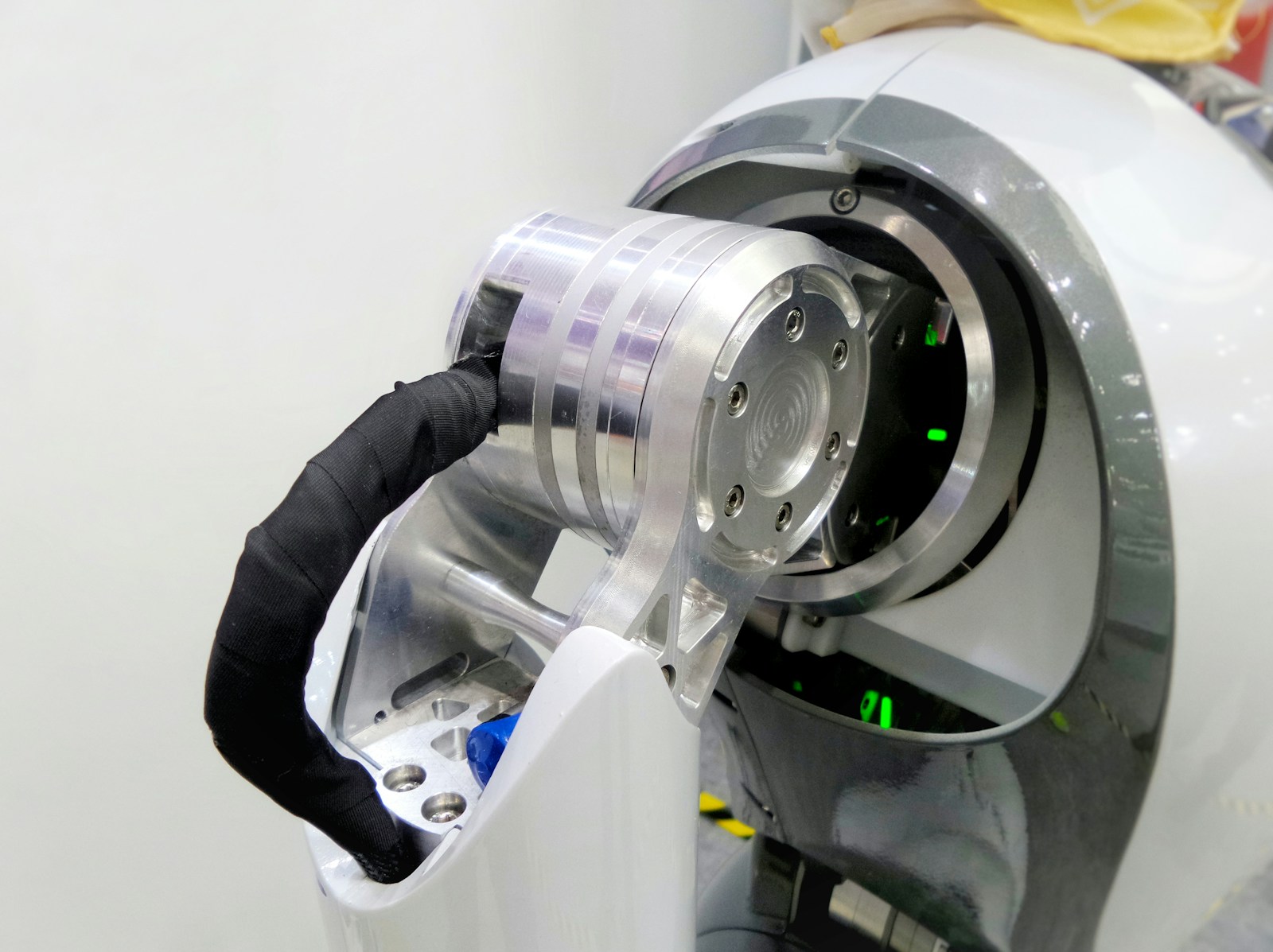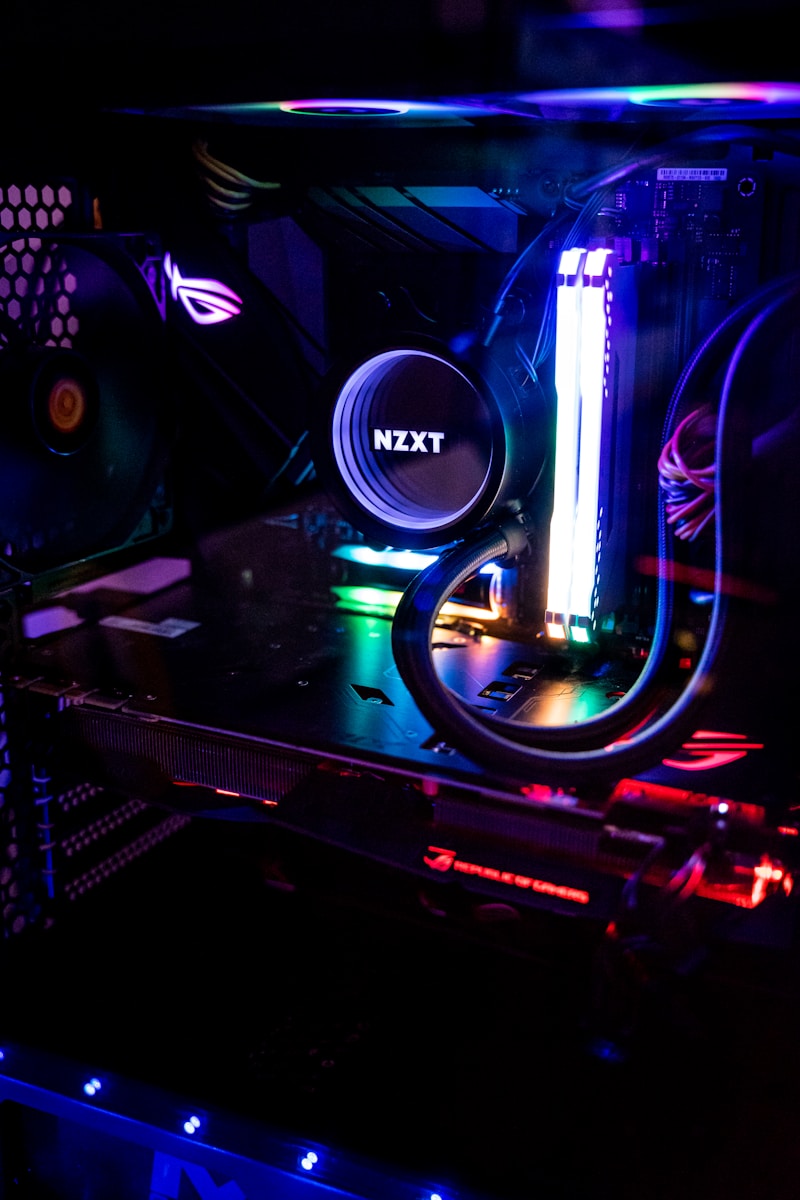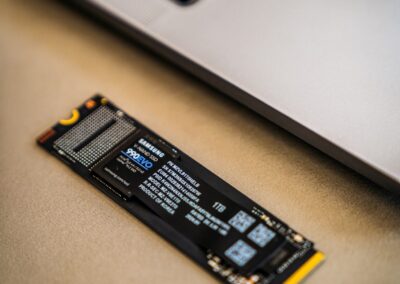The Synergy Between Edge Computing and Digital Twins
Revolutionizing Energy Management with Edge Computing and Digital Twins
The integration of edge computing with digital twins is poised to revolutionize energy management by enabling more efficient and localized processing. Digital twins, which are virtual replicas of physical systems, provide real-time insights into energy assets, while edge computing ensures that data processing occurs closer to the source. This combination offers a powerful solution for managing energy systems, especially in dynamic environments like Saudi Arabia and the UAE.
Edge computing involves processing data at or near the location where it is generated, rather than sending it to a central data center. This localized approach reduces latency, improves response times, and enhances the efficiency of data handling. When combined with digital twins, edge computing allows for more immediate and actionable insights into energy systems, enabling faster decision-making and more effective management.
In Riyadh and Dubai, where energy infrastructure is rapidly evolving, the integration of edge computing and digital twins can significantly enhance operational efficiency. By processing data locally, energy companies can monitor and control their assets in real time, optimizing performance and reducing operational costs. This synergy between edge computing and digital twins is essential for maintaining the reliability and sustainability of energy systems in these growing urban centers.
Localized Processing for Improved Energy Efficiency
One of the primary benefits of integrating edge computing with digital twins is the ability to perform localized processing. This means that data generated by energy assets can be analyzed and acted upon immediately, without the delays associated with sending data to a central server. Localized processing enables more precise control over energy systems, leading to improved efficiency and reduced waste.
For energy management applications, localized processing is particularly valuable. It allows for real-time adjustments to energy distribution, demand response, and system performance. By leveraging edge computing, energy companies in Saudi Arabia and the UAE can implement adaptive strategies that respond to changing conditions and optimize resource usage.
Additionally, localized processing enhances the scalability of energy management systems. As energy infrastructure grows and becomes more complex, the ability to process data at the edge ensures that systems can handle increased data volumes without compromising performance. This scalability is crucial for supporting
the expanding energy needs of rapidly developing cities like Riyadh and Dubai.
Enhancing Decision-Making with Real-Time Data
The integration of edge computing with digital twins offers a significant advantage in terms of real-time data processing, which directly impacts decision-making processes. With edge computing, energy companies can analyze data on-site and instantly apply insights to their digital twins. This real-time capability allows for rapid adjustments and more informed decisions regarding energy management.
In regions such as Saudi Arabia and the UAE, where energy demands and environmental conditions can fluctuate rapidly, the ability to make data-driven decisions in real time is invaluable. For instance, if an energy asset shows signs of inefficiency or potential failure, edge computing enables immediate intervention to address the issue before it affects overall system performance.
Moreover, the combination of edge computing and digital twins supports predictive analytics. By continuously monitoring and analyzing data at the edge, energy companies can forecast potential issues and implement preventive measures. This proactive approach reduces downtime, enhances system reliability, and ensures continuous energy supply, which is essential for maintaining the high standards of energy infrastructure in major cities.
Strategic Implementation of Edge Computing and Digital Twins
Integrating Edge Computing with Existing Energy Systems
Integrating edge computing with digital twins requires careful planning and execution to maximize the benefits of both technologies. The integration process involves aligning edge computing infrastructure with existing energy systems and ensuring seamless data flow between digital twins and edge devices.
For energy companies in the UAE and Saudi Arabia, this means upgrading existing infrastructure to support edge computing capabilities. This could involve deploying edge servers and IoT devices that are capable of processing and transmitting data locally. Additionally, it requires ensuring that digital twins are configured to utilize the insights generated by edge computing effectively.
The integration also necessitates a focus on data security and management. Since edge computing involves processing data close to the source, it is crucial to implement robust security measures to protect sensitive information. By addressing these considerations, energy companies can achieve a smooth integration that enhances both operational efficiency and data security.
Leveraging Edge Computing and Digital Twins for Future Growth
Looking ahead, the integration of edge computing with digital twins will play a pivotal role in the future of energy management. As cities like Riyadh and Dubai continue to grow and develop, the need for advanced technology solutions to manage energy resources efficiently will become increasingly important.
Energy companies can leverage this technology to support future growth by investing in scalable edge computing infrastructure and enhancing their digital twin models. This investment will enable them to stay ahead of emerging challenges and capitalize on new opportunities in the energy sector.
Furthermore, the benefits of edge computing and digital twins extend beyond operational efficiency. They also contribute to business success by enabling energy companies to meet regulatory requirements, improve customer satisfaction, and drive innovation. By embracing these technologies, energy leaders can position themselves for long-term success and contribute to the sustainable development of their regions.
Conclusion
The integration of edge computing with digital twins offers a transformative solution for energy management, providing localized processing and real-time insights that enhance efficiency and decision-making. For energy companies in Saudi Arabia, the UAE, Riyadh, and Dubai, this technology represents a strategic opportunity to optimize asset performance, reduce operational costs, and support sustainable development.
By investing in edge computing and digital twins, energy companies can achieve a competitive advantage and drive innovation in the energy sector. With the right implementation and strategic planning, these technologies will play a crucial role in shaping the future of energy management and supporting the growth of modern cities.
—
#EdgeComputing #DigitalTwins #EnergyManagement #LocalizedProcessing #SaudiArabiaEnergyInnovation #UAETechnologyTrends #RiyadhTechAdvancements #DubaiSmartEnergySolutions #AIandEdgeComputing #BlockchaininEnergy #MetaverseandEnergySystems #ExecutiveCoachinginTech #GenerativeAI #ModernEnergyManagement #BusinessSuccesswithTechnology #LeadershipinEnergyTech #ProjectManagementinEnergyApplications































